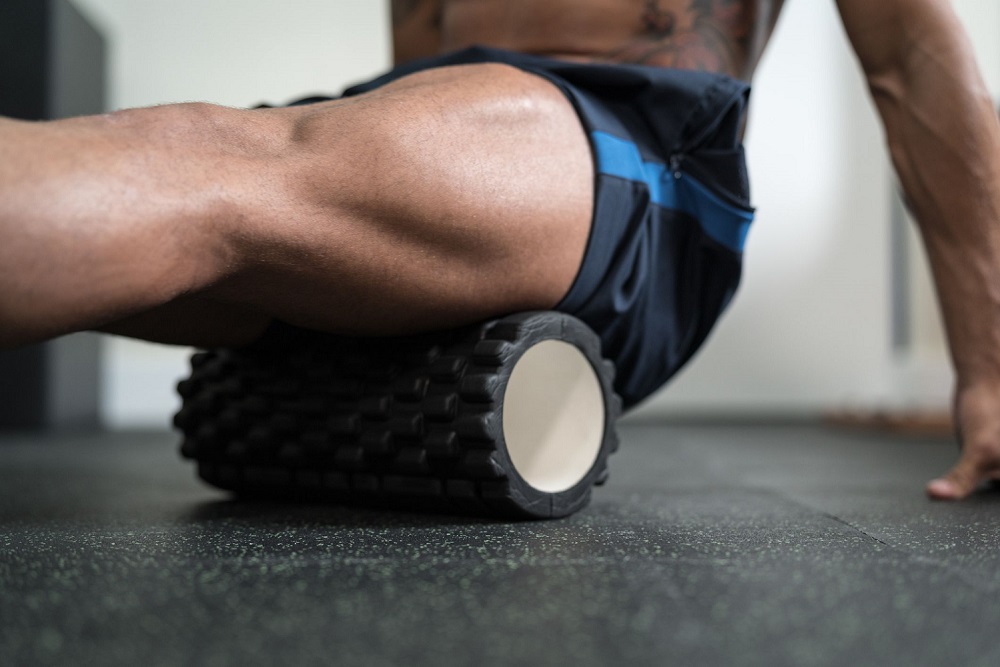
Foam rolling has become increasingly popular in recent years as a way to improve flexibility, alleviate muscle pain, and improve overall athletic performance. If you are new to foam rolling, it can be a bit overwhelming to know where to start.
What is Foam Rolling?
Foam rolling is a form of self-myofascial release, which is a fancy way to say that it is a technique that helps to break up adhesions in your muscles. Adhesions are areas of your muscles that have become stuck together, either through injury or overuse. These adhesions can cause pain, stiffness, and even limit your range of motion.
Foam rolling can help to break up these adhesions by applying pressure to them with a foam roller. By doing so, you can improve blood flow to the area, release tension, and reduce pain.
Benefits of Foam Rolling
There are several benefits to foam rolling, including:
Improved flexibility: When your muscles are tight, it can limit your range of motion. Foam rolling helps to loosen up the muscles, which can improve your flexibility and range of motion.
Reduced muscle pain: Foam rolling can help to reduce muscle pain and soreness, particularly after a strenuous workout.
Increased circulation: By applying pressure to your muscles with a foam roller, you can improve blood flow to the area, which can help to reduce inflammation and promote healing.
Improved athletic performance: By improving your flexibility and reducing muscle pain, foam rolling can help to improve your athletic performance.
Choosing a Foam Roller
When it comes to choosing a foam roller, there are several options to consider. Here are the most common types of foam rollers:
Standard foam roller: This is the most common type of foam roller and is typically made from high-density foam. It is relatively inexpensive and is suitable for most people.
Textured foam roller: Textured foam rollers have bumps or ridges on the surface, which can help to provide a deeper massage. These are a good option if you need a more intense massage.
Vibrating foam roller: These foam rollers vibrate, which can help to provide a deeper massage and improve blood flow to the area.
How to Foam Roll
Now that you have chosen your foam roller, it’s time to get started. Here’s how to foam roll:
Choose a muscle group: Start by choosing a muscle group that you want to work on. Common areas to foam roll include your calves, quads, hamstrings, IT band, and back.
Apply pressure: Place the foam roller under the muscle group you want to work on and apply pressure by putting your body weight on the roller.
Roll slowly: Slowly roll the foam roller back and forth over the muscle group, paying particular attention to any areas that feel tight or sore. If you find a particularly tender spot, hold the roller on that spot for 30 seconds to a minute to help release the tension.
Repeat: Repeat the process on the other side, or on other muscle groups that you want to work on.
When to Foam Roll
Foam rolling can be done at any time, but it is particularly beneficial before and after a workout. Before a workout, foam rolling can help to warm up your muscles and improve your range of motion. After a workout, foam rolling can help to reduce muscle soreness and promote recovery.
Foam Rolling Tips
Here are some tips to help you get the most out of your foam rolling practice:
Start slow: If you are new to foam rolling, start slow and gradually increase the intensity. Don’t start with the most intense foam roller and apply all your body weight to it right away.
Don’t roll directly on your joints: Avoid rolling directly on your joints, as this can cause injury.
Focus on your breathing: Focus on your breath while foam rolling to help you relax and release tension.
Stay hydrated: Foam rolling can be dehydrating, so be sure to drink plenty of water before and after your foam rolling sessions.
Don’t overdo it: Foam rolling can be intense, so don’t overdo it. If something doesn’t feel right, stop and consult with a medical professional.
In conclusion, foam rolling is a valuable technique that can help to improve flexibility, reduce muscle pain, and improve overall athletic performance. By following the tips in this beginner’s guide to foam rolling, you can get started with this valuable technique and experience the benefits for yourself.

